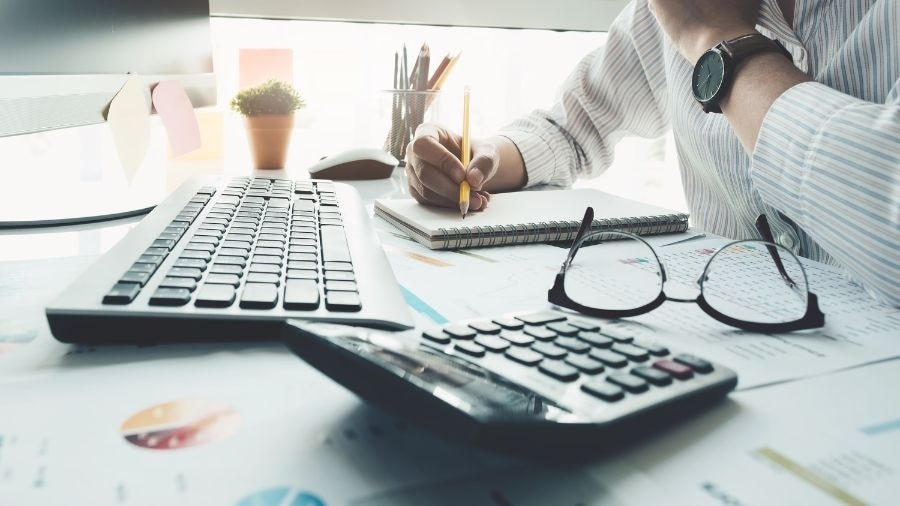Allowance method
The allowance method deals with bad debt at the end of a tax year. The business must review its receivable accounts and estimate the cost of the uncollectible bad debt. At the end of the year, the estimated amount will be debited from the Bad Debt Expense account and credited to the contra account, referred to as the Allowance for Doubtful Accounts or allowance for bad debts.
An allowance for doubtful accounts should be created at the beginning of a year and is a set amount, one that you believe covers the anticipated debt losses each year. This allowance account is a permanent account that will appear on your business’s financial statements, specifically the balance sheet and income statement, and refers to the predicted and allocated amount already recorded in Accounts Receivables for bad debt.
As for the bad debts expense account, you will need to determine what percentage of invoices you expect will go unpaid for that year. Take into consideration the experiences you have had with your customer base and the credit policy of your company. Then, every time a sale occurs, a percentage of sales must be placed into the bad debts expense account. In contrast to the allowance for doubtful accounts, this account does not appear on the balance sheet line items and must be zeroed out at the end of the tax year.
If your business uses the accrual method of accounting and follows the International Financial Reporting Standards (IFRS), then the allowance method should be used by your company to write-off this type of expense.
This method allows companies to anticipate the amount of bad debt that might occur during business dealings throughout a given year, and choose to keep a debt reserve or reserve account in response.



